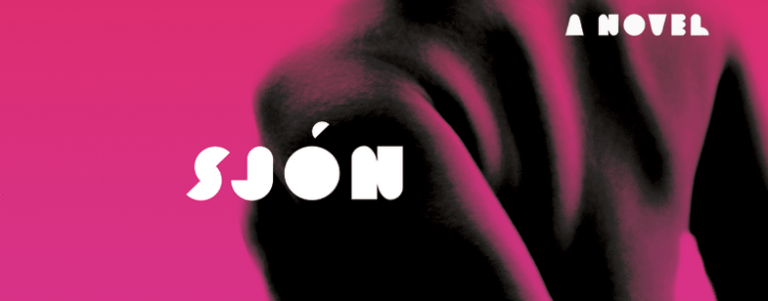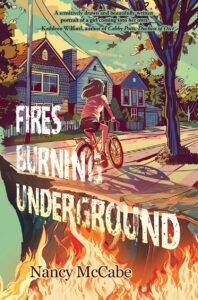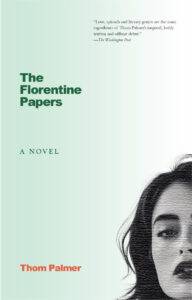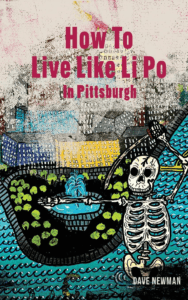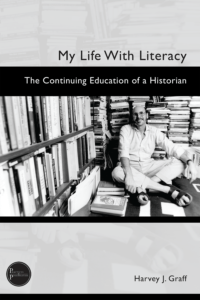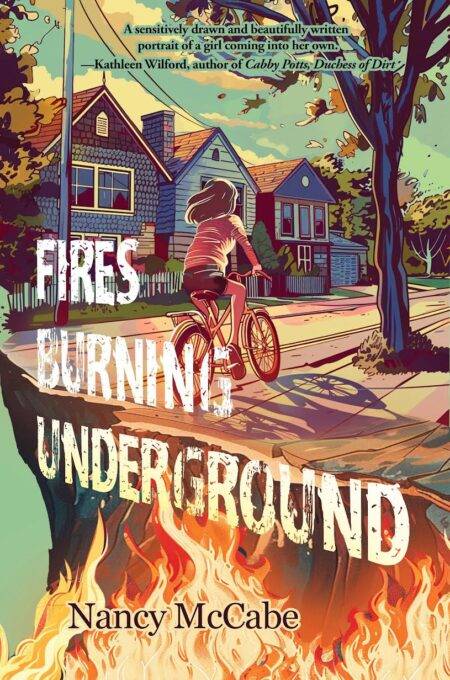Sjón — the Icelandic author of, among other works, The Blue Fox, From the Mouth of the Whale, and The Whispering Muse — is visiting City of Asylum on Thursday, September 29th!
Alongside his work as a writer, Sjón has taken part in a wide range of art exhibitions and music events. His longtime collaboration with the Icelandic singer Björk led to an Oscar nomination for his lyrics for the Lars Von Trier movie Dancer in the Dark. His novels have been translated into thirty-five languages.
From the Publisher: “The mind-bending miniature historical epic is Sjón’s specialty, and Moonstone: The Boy Who Never Was is no exception. But it is also Sjón’s most realistic, accessible, and heartfelt work yet. It is the story of a young man on the fringes of a society that is itself at the fringes of the world–at what seems like history’s most tumultuous, perhaps ultimate moment.
Máni Steinn is queer in a society in which the idea of homosexuality is beyond the furthest extreme. His city, Reykjavik in 1918, is homogeneous and isolated and seems entirely defenseless against the Spanish flu, which has already torn through Europe, Asia, and North America and is now lapping up on Iceland’s shores. And if the flu doesn’t do it, there’s always the threat that war will spread all the way north. And yet the outside world has also brought Icelanders cinema! And there’s nothing like a dark, silent room with a film from Europe flickering on the screen to help you escape from the overwhelming threats–and adventures–of the night, to transport you, to make you feel like everything is going to be all right. For Máni Steinn, the question is whether, at Reykjavik’s darkest hour, he should retreat all the way into this imaginary world, or if he should engage with the society that has so soundly rejected him.”
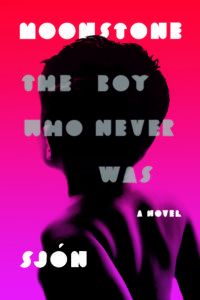 In the five days that have passed since the first influenza fatality, the cinemas have become ever quieter, yet the townspeople have stubbornly continued to attend. Especially the young, whose response to the fear of contagion is to cluster together while the adults stay at home. Besides, it is warmer in the cinemas than in most of their homes, now that the coal shortage and the high price of paraffin have begun to bite, and coziest of all packed into the seats farthest from the auditorium doors.
In the five days that have passed since the first influenza fatality, the cinemas have become ever quieter, yet the townspeople have stubbornly continued to attend. Especially the young, whose response to the fear of contagion is to cluster together while the adults stay at home. Besides, it is warmer in the cinemas than in most of their homes, now that the coal shortage and the high price of paraffin have begun to bite, and coziest of all packed into the seats farthest from the auditorium doors.
But as the flu takes its toll on the musicians — not only those whose livelihood it is to accompany the films but also the ones immediately recruited to fill their places on an assortment of the unlikeliest instruments — the silence grows.
By the time Miss Inga María Waagfjörd, guitar player and chanteuse, slumps unconscious from the piano stool during the second episode of The Golden Reel at the New Cinema, the epidemic has snatched away the last person in Reykjavík capable of picking out a tune.
The following evening there is an attempt at the Old Cinema to screen the Italian smuggling tale Anger without any musical accompaniment. It is a disaster.
It takes less than half an hour for the audience to lose interest in the events on screen. When the only sounds accompanying the pictures are the coughing and throat-clearing supplied by the cinemagoers themselves, together with those emanating from the projectionist’s booth — the growling of the motor that powers the projector and the whispering of the film as it unwinds from the top reel, is pulled through the light beam, and threads onto the lower with a slightly hoarser whisper — it becomes apparent just how silent these films really are.
The actors’ movements seem clumsy, the pace too slow for the melodramatic plot, and the cuts between scenes confusing. It makes no difference how brilliantly the great diva Francesca Bertini performs the role of Elena the mountain maid in this third installment of The Seven Deadly Sins, which she both produces and stars in — she cannot hold the audience’s attention; it would take more than that to compete with the silence and the reality beyond the timber walls.
In the quiet gloom, beneath the hissing, flickering light, members of the audience begin to murmur about the situation in the town. In an undertone at first, but soon at normal pitch. Others join in, and before long the screening has turned into a public meeting at which stories are swapped about the nature of the epidemic.
All are agreed that the information supplied by the surgeon general fails to convey the truth about the terrible symptoms of the disease, which are quite unlike any the townspeople have experienced before. The body temperature soars so fast, for example, that by the first or second day the patient is helpless with delirium — and then there is the bleeding.
The projectionist’s silhouette appears in the aperture.
The projector beam is switched off.
Lights come on in the wall lamps.
The young people glance around, and only now does it dawn on them how many members of the audience have been taken ill: every other face is chalk-white; lips are blue, foreheads glazed with sweat, nostrils red, eyes sunken and wet.
Silence falls on the gathering.
Moving cautiously, the cinemagoers begin to ease themselves out of the rows of seats, pick their way up the aisle, and vanish noiselessly from the hall.
The final picture show is over.
The boy had already left some time before.
Excerpted from MOONSTONE: The Boy Who Never Was by Sjón. Translated from the Icelandic by Victoria Cribb. Published in August 2016 by Farrar, Straus and Giroux, LLC. Copyright © 2013 by Sjón. Translation copyright © 2016 by Victoria Cribb. All rights reserved.


